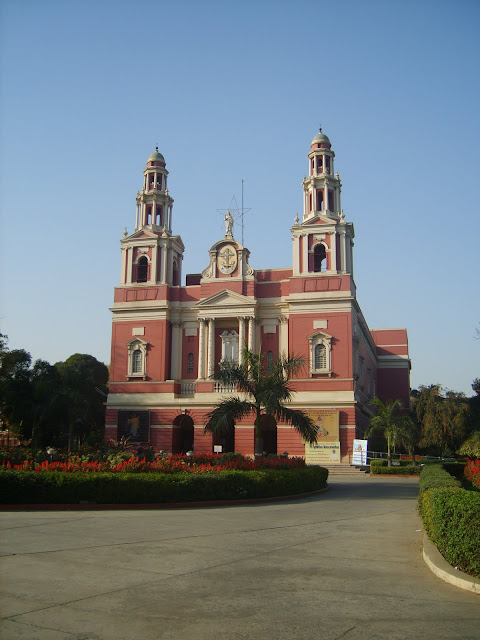This book is all about Nation
and nationalism - words that are bandied about quite freely these days.
Without much thought being devoted to the complicated concepts embodied in
these words it has become the most convenient way of winning an argument simply
by dismissing those that don’t agree with you as ‘anti-national’. For the past
several decades governments have even coined a respectable looking term called
‘anti-national activities’ to initiate legal action against their opponents. Initially
I too took these terms for granted not stopping to think what they really meant
till I stumbled upon a man called Ramananda Chatterjee.
It
was an intriguing meeting as it took place about 53 years after his death. This
chance meeting was all the more surprising due to the fact that I was born a
dozen years after Ramananda died. It is time I think that I should clear the
air. The year was 1996 and I had already put in more than 13 years as a
journalist and was searching for newer horizons. My wife’s uncle (Dr. Bhabani
Sengupta), who was a journalist, scholar and author, came to know of my
scholarly ambitions. Taking pity on my rather pathetic efforts to gain
intellectual respectability he suggested that I carry out a study on ‘The
Modern Review’ and its editor Ramananda Chatterjee. I knew nothing about either
but based on inputs provided by Dr. Sengupta I submitted a proposal to the KK Birla
Foundation which found the proposed project worthwhile and awarded me a
fellowship to carry out research on the subject. Twenty-three years of study,
reading, discussions and thought have resulted in the publication of a
biography of a forgotten man and his journals – ‘Media and Nation-Building in
Twentieth Century India: The Life and Times of Ramananda Chatterjee’.
To
tell the story of Ramananda, he brought out three journals – one each in
English, Bengali and Hindi. He edited the first two himself and got Hindi
scholar Benarsidas Chaturvedi to handle the third. They were named ‘The Modern
Review’ (English), ‘Prabasi’ (Bengali) and ‘Vishal Bharat’ (Hindi) and their
aim was to imbibe the national spirit among Indians whose self-esteem had been
reduced to the negative by their British rulers. His journals carried articles
on a wide range of topics of current interest and they would cover almost every
aspect of life – education, history, archaeology, science, technology,
sculpture, art and travel. They were topped by several pages of straightforward
editorial analysis of public affairs, sometimes so straightforward that they
got him into trouble with the authorities. But he carried on nonetheless and
even made a commercial success of his magazines though it was modest by the
standards of profits made by media houses these days.
My next entry will be
on his reaction to the Jalianwalabagh incident and subsequent repression in the
Punjab in 1919.You can find a brief note on the book on the link https://www.routledge.com/Media-and-Nation-Building-in-Twentieth-Century-India-Life-and-Times-of/Chatterjee/p/book/9780367086602


